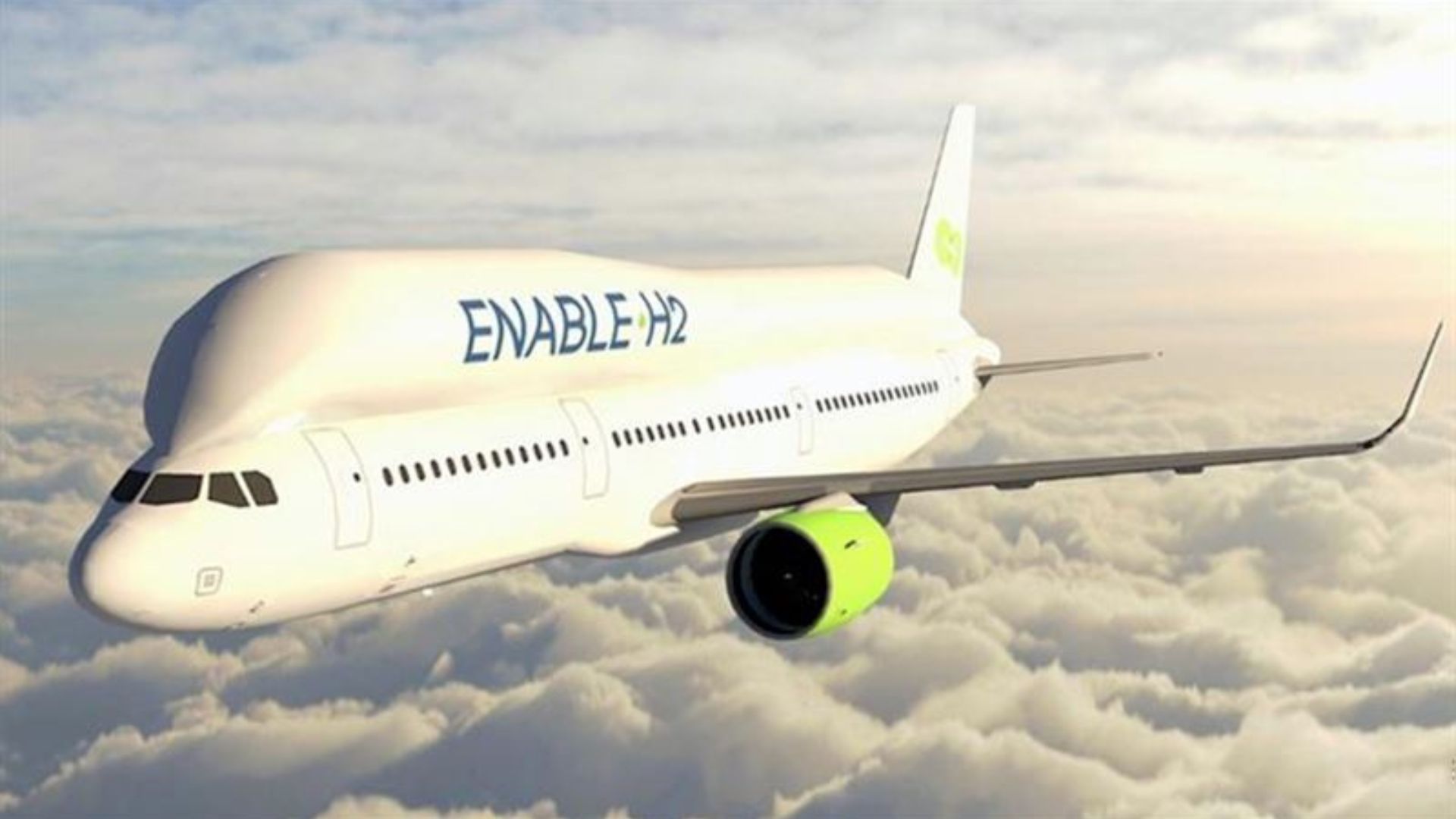Travel
All travel within 750 miles could be made with hydrogen planes by 2045

A new heat exchanger could be a game-changer for hydrogen-powered aircraft.
Swedish scientists from Chalmers University of Technology in a new study claimed that most air travel within a 750-mile radius (1200 km) could be developed with hydrogen-powered aircraft by 2045.
Tomas Grönstedt, Professor at Chalmers University of Technology, and Director of the competence center TechForH2* at Chalmers stated:
“If everything falls into place, the commercialization of hydrogen flight can go really fast now. As early as 2028, the first commercial hydrogen flights in Sweden could be in the air.”
Hydrogen-fuelled flights made possible by new heat exchangers
In the Chalmers wind tunnels, the researchers are developing enhanced energy-efficient engines that allow for safe and efficient hydrogen flights for heavy-duty vehicles.
The new patent-pending heat exchangers in development by the university aim to transfer the heat between the supercool hydrogen and the engine.
The heat exchanger technology is being developed in collaboration with GKN Aerospace. According to a statement by the university takes advantage of hydrogen’s low storage temperature to cool engine parts.
It then uses waste heat from the exhaust gases to preheat the fuel several hundred degrees before it is injected into the combustion chamber.
“Every degree increase in temperature reduces fuel consumption and increases range,” stated Carlos Xisto, Associate Professor at the Division of Fluid Mechanics at Chalmers, and one of the authors of the study.
“We were able to show that short- and medium-haul aircraft equipped with the new heat exchanger could reduce their fuel consumption by almost eight percent. Considering that an aircraft engine is a mature and well-established technology, it is a very good result from a single component.”
To meet 97% needs of all intra-Nordic flight routes
The study indicated that by 2045 hydrogen-powered flights could in retrospect meet 97 percent requirement of all intra-Nordic flight routes in addition to 59 percent of the Nordic passenger volume.
The researchers assumed a flight distance of 750 miles max and demonstrated the new fuel tank was insulated to endure super-cold liquid hydrogen. The tank holds enough fuel for the journey and still weighs lighter than traditional fossil-backed fuel tank designs.
Chalmers also noted that further optimization of this heat exchanger technology could enhance the range of a standard Airbus A320 commercial aircraft by up to ten percent, which equates to approximately 450 miles, the distance between Gothenburg and Berlin.
“There are industry expectations that 30–40 percent of global aviation will be powered by hydrogen by 2050,” says Grönstedt.
“It is likely that for a number of years to come, we will need a mix of aircraft that run on electricity, less environmentally harmful e-jet fuel, and hydrogen. But every aircraft that can be powered by hydrogen from renewable energy reduces carbon dioxide emissions,” he added.
The technologies for hydrogen-powered commercial aircraft are currently under development at Chalmers University of Technology and the Federal University of Santa Catarina in Brazil.
The study authored by Christian Svensson, Amir A.M Oliviera, and Tomas Grönstedt was published earlier in April this year in the International Journal of Hydrogen Energy.
ABOUT THE EDITOR
Shubhangi Dua As a quirky and imaginative multi-media journalist with a Masters in Magazine Journalism, I’m always cooking up fresh ideas and finding innovative ways to tell stories. I’ve dabbled in various realms of media, from wielding a pen as a writer to capturing moments as a photographer, and even strategizing on social media. With my creative spirit and eye for detail, I’ve worked across the dynamic landscape of multimedia journalism and written about sports, lifestyle, art, culture, health and wellbeing at Further Magazine, Alt.Cardiff and The Hindu. I’m on a mission to create a media landscape that’s as diverse as a spotify playlist. From India to Wales and now England, my journey has been filled with adventures that inspire my paintings, cooking, and writing.










